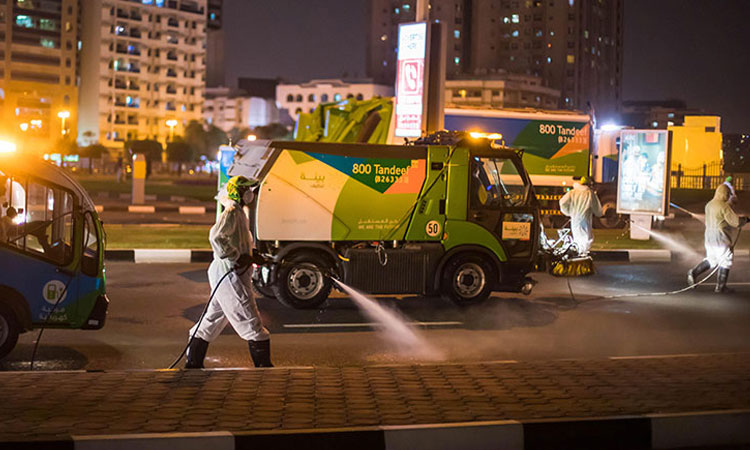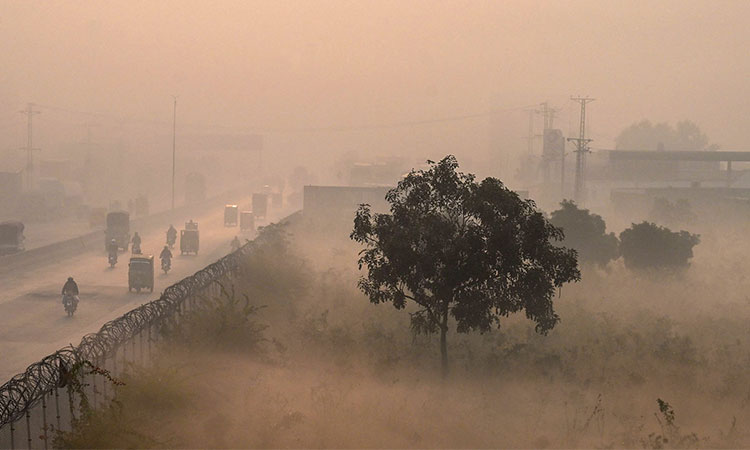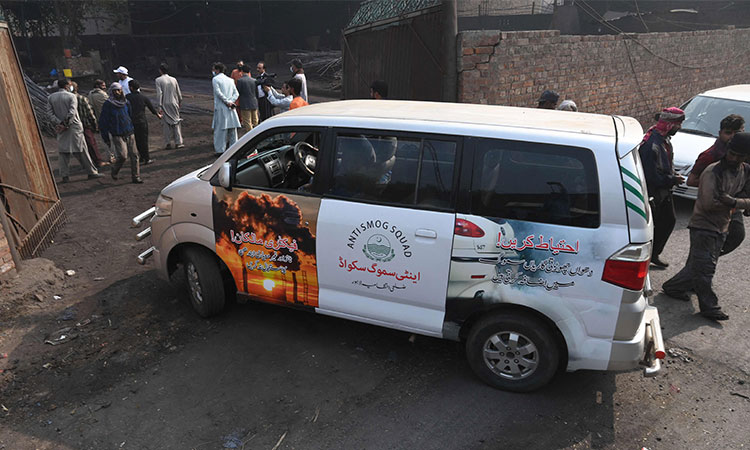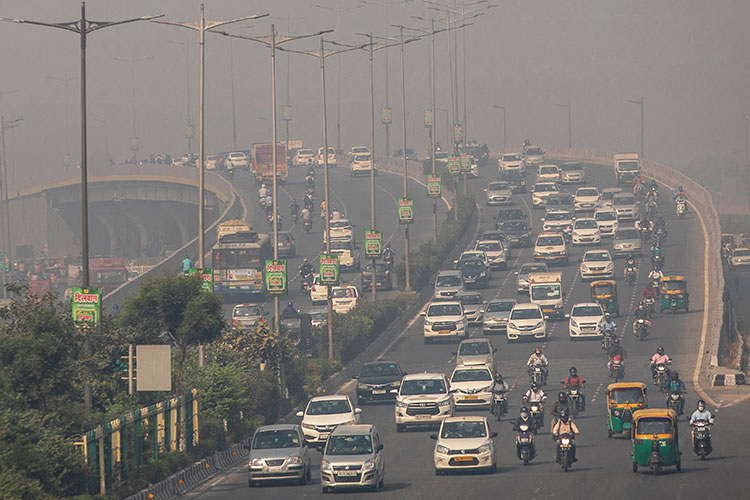Air pollution is a big killer in India

Meena Janardhan
Writer/Editor/Consultant. She has over 25 years of experience in the fields of environmental journalism and publishing.
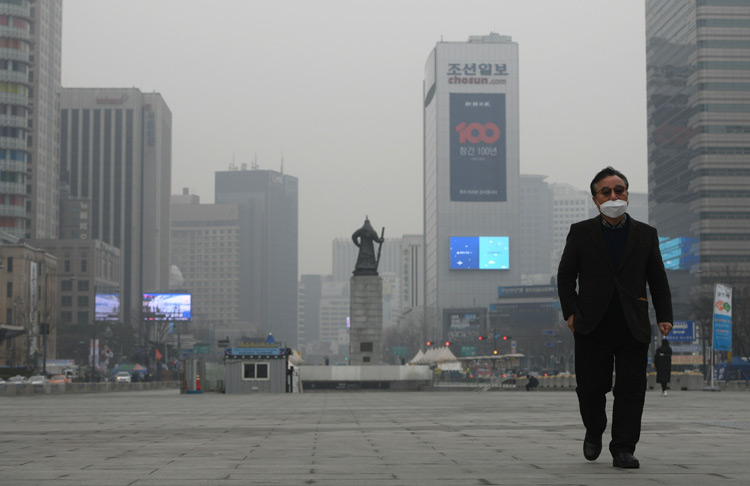
Air pollution lowers insulin sensitivity, contributing to diabetes.
Globally, such exposure contributed to about 2.76 lakh deaths and 15.2 million life years lost to disability in 2017. This burden was highest in India, where it accounted for 55,000 deaths and 2.7 million life years lost, according to the report by Health Effects Institute (HEI) and Institute of Health Metrics and Evaluation’s Global Burden of Disease project. India was followed by China, Indonesia, Mexico and Brazil.
Owing to indoor and outdoor pollution, about five million people lost their lives. Pollution was one of the major causes of diabetes, heart attack, lung cancer and chronic lung disease. What is more alarming is the fact that according to the study, a South Asian child is at the risk of lower life expectancy, lower by 2.6 years. Not just South Asia, life expectancy is down by 20 months worldwide.
In 2017, exposure to PM 2.5 pollution was found to be the third leading risk factor globally for Type 2 diabetes-related deaths and disability after high blood sugar and excessive body weight.
India also tops a list of 13 countries, with populations over 50 million, in which more than 10% of the population was exposed to household air pollution by use of solid fuels. About 60% of India’s population was exposed to household pollution, followed by China with 32%. However, the report recognizes that the proportion of households cooking with solid fuels in India has dipped from 76% in 2005 to 60% (846 million) in 2017due in part to a major government programme to shift households from solid fuels to liquefied petroleum gas.
Exposure to outdoor and indoor air pollution together contributed to over 1.2 million deaths in India and China in 2017, the report said. Globally, air pollution (PM 2.5, household and ozone emissions) is estimated to have contributed to about 4.9 million deaths — 8.7% of all deaths globally and 5.9% of all life years lost to disability. India and China have the highest health burden from air pollution, followed by Pakistan, Indonesia, Bangladesh and Nigeria.Since 1990, there has been a 68% jump in the number of deaths attributed to PM 2.5 exposure, with the largest spike between 1990 and 2010.
PM2.5 is the short form of particulate matter smaller than 2.5 microns are. These fine particles can enter deep into the lungs and can cause heart attacks, strokes, respiratory diseases and cancer. PM2.5 pollution comes from power plants, cars and trucks, fires, agriculture and industrial emissions. The World Health Organization (WHO) permission limit is 10 µg/m3.
This is the agency’s first report that estimates the impact of air pollution on deaths, health loss and life expectancy reduction in each state in India. The study said that the average life expectancy would have been 1.7 years higher if the pollution levels were less than the minimal average. Of this, 6.7 lakh deaths were caused due to outdoor air pollution while 4.8 lakh deaths were due to household air pollution. The study also pointed out that more than half of the 12.4 people who died due to air pollution were aged less than 70 years.
While stating that northern states were at greater risk of air pollution, the study pointed out that it killed the highest number of people in Uttar Pradesh (260,028), Maharashtra (108,038) and Bihar (96,967) in 2017. The study cited coal burning, industrial emissions, construction activity, brick kilns, transport vehicles, road dust, residential and commercial biomass burning, waste burning, agricultural stubble burning and diesel generators as the prime contributors to India’s air pollution.
The institute has pointed out that sustainable schemes and measures can have a positive effect. The Pradhan Mantri Ujjwala Yojana, Household LPG programme, Bharat Stage VI vehicle standard and measures undertaken under the National Clean Air Programme can significantly lower such risks.
China will host the global World Environment Day celebrations on 5 June 2019 with a theme of air pollution. Approximately 7 million people worldwide die prematurely each year from air pollution, with about 4 million of these deaths occurring in Asia-Pacific. World Environment Day 2019 will urge governments, industry, communities, and individuals to come together to explore renewable energy and green technologies, and improve air quality in cities and regions across the world.
